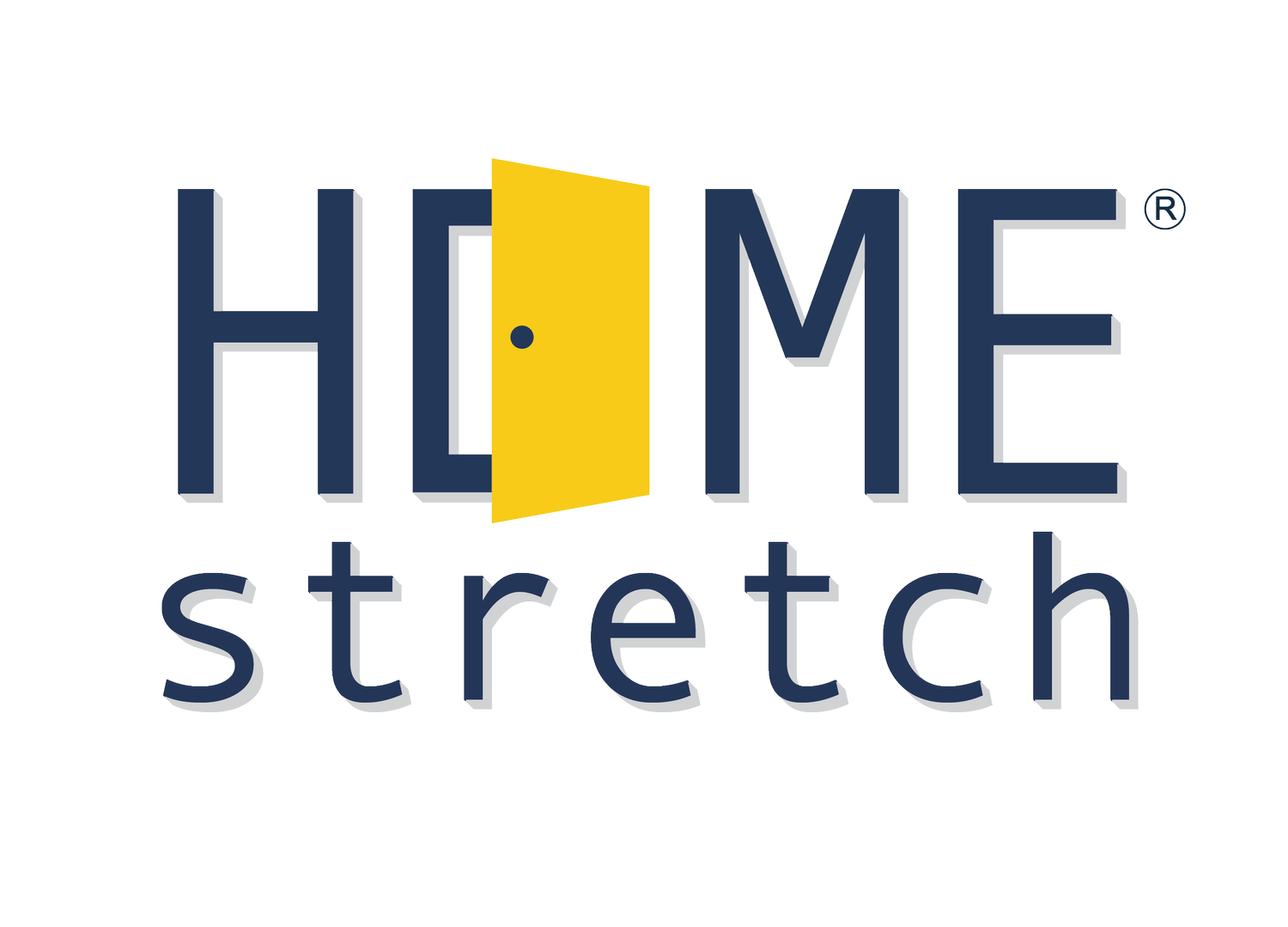Mid-Year 2024 Housing Market Outlook: Trends and Projections
Now that we're halfway through 2024, it's time to review the current state of the housing market and economic conditions. Here's an outlook on what we can expect for the remainder of the year in terms of mortgage rates, home sales, and housing demand.
Mortgage Rates and Home Sales
After stable mortgage rates early in the year, the housing market slowed in April due to a rate rebound. Total home sales (existing + new) fell 2.3% from March and 2.7% year-over-year. Existing home sales dropped 1.9% month-over-month and year-over-year to an annual rate of 4.14 million. New home sales declined 4.7% from March to an annualized rate of 634,000, making up about 13% of total sales. Despite low inventory from mortgage rate lock-in effects, existing home inventory rose 16% year-over-year to 1.21 million units, and new home inventory reached its highest level since January 2008.
Homebuilder Confidence and Construction
Homebuilder confidence declined in May, with the NAHB Housing Market Index dropping 6 points to 45 due to higher mortgage rates, indicating poor building conditions for the next six months. However, housing construction saw growth in April, with total housing starts increasing 5.7% month-over-month. Single-family starts dipped 0.4%, while multifamily starts surged by 31%.
Home Prices and Mortgage Rates
The FHFA Purchase-Only Home Price Index rose 0.1% month-over-month in March, maintaining a strong year-over-year growth of 6.7%. Vermont, New Jersey, and New York saw the highest annual price appreciation. The 30-year fixed-rate mortgage averaged 7.06% in May, impacting mortgage activity, which fell 8.5% month-over-month and 7.3% year-over-year. Refinance activity dropped 9.5%, and purchase applications were down 8.3% month-over-month by the end of May.
Consumer Credit and Delinquencies
Higher interest rates affected consumer credit performance, with 3.2% of outstanding debt in some stage of delinquency, up 0.1 percentage points from Q4 2023. Mortgage delinquencies rose from 0.8% to 0.9% in Q1 2024, though they remained better than other sectors like credit cards and autos.
Market Imbalance and Affordability
While housing inventory improved slightly in April, it remains below the level needed for a balanced market, continuing to challenge housing affordability.
Housing Market and Economic Outlook
We anticipate the U.S. economy to moderate as consumers adjust their spending in response to higher interest rates. In our baseline scenario, we foresee a slowdown in employment, accompanied by a modest uptick in the unemployment rate.
With inflation remaining above the Federal Reserve’s 2% target, an immediate cut in federal fund rates is unlikely. However, if the job market cools sufficiently to keep inflation in check, we anticipate a potential rate cut in the latter half of the year. This scenario could lead to a gradual easing of mortgage rates. We expect mortgage rates to remain above 6.5% through the end of the year, offering some respite compared to last year's highs of 7.8%.
Mortgage rates have been volatile over the past month, fluctuating between 6.9% and 7.2%, and remain relatively high, deterring home sales. Despite strong demand from first-time homebuyers, we expect home sales to remain muted. The current housing demand is concentrated in the entry-level segment, where supply is limited due to restricted construction. Additionally, trade-up buyers are scarce due to financial disincentives of exchanging low rates on their current homes for higher rates on new homes. However, persistent demand and tight supply are expected to drive home prices up, potentially increasing home prices in both 2024 and 2025.
Mortgage origination projection depends on factors such as home prices, home sales, and the cash share of purchases. With moderated home sales, high prices, and a flat cash share of purchases, we expect purchase origination to be slightly higher in 2024 than in 2023. With mortgage rates above 7%, refinance activity is expected to be minimal. However, if rates drop below 6.5%, refinance activity could see an increase, as many borrowers still have rates above 6.5%. Given persistent inflation, achieving rates below 6.5% is challenging. Our forecast suggests a modest increase in total origination volumes this year and next, primarily driven by rising home prices.
Information provided by FreddieMac Research.

